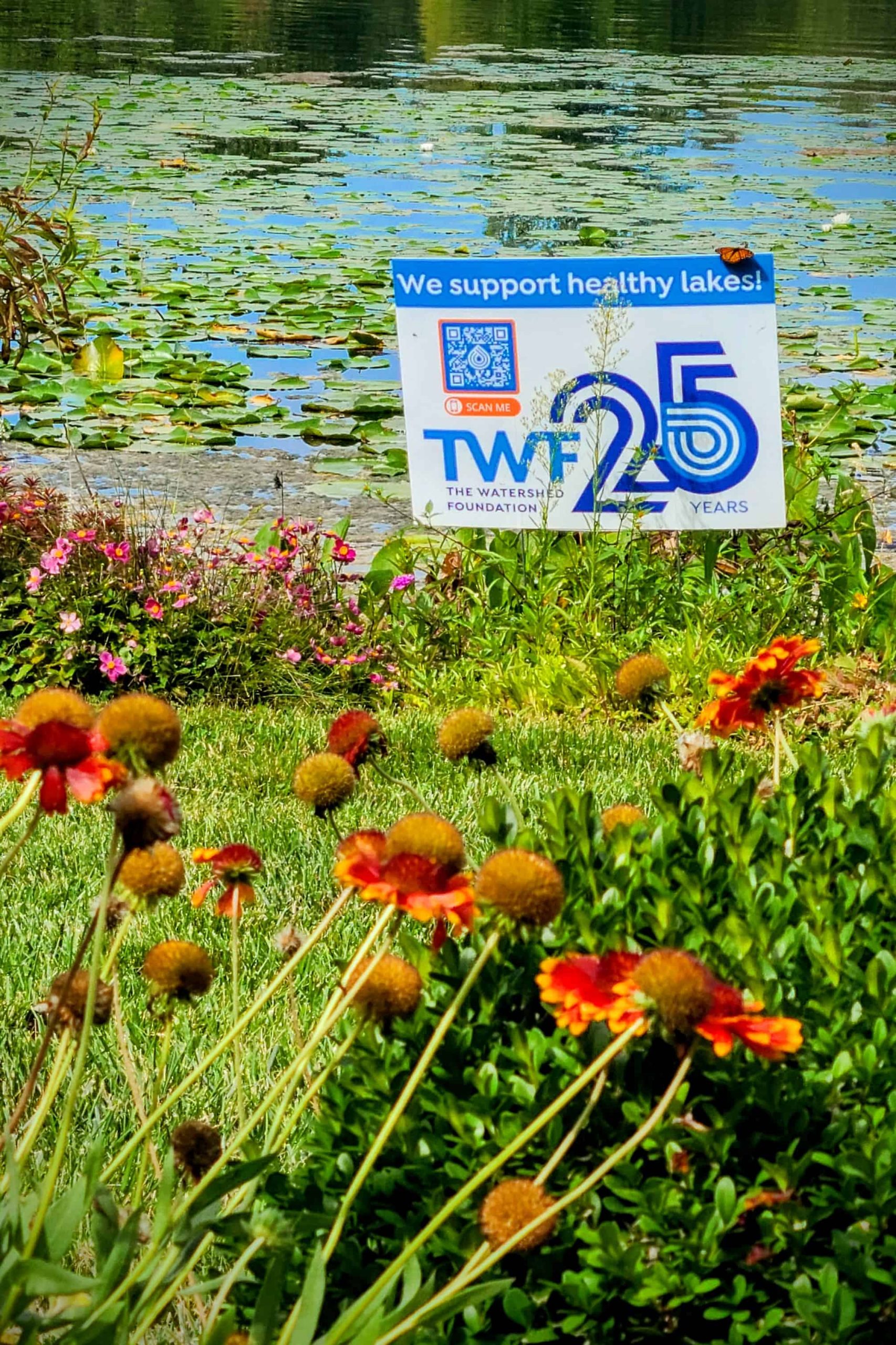Dear Lyn,
I’ve removed most of the produce from my garden and removed a lot of the debris. Now, with autumn upon us, I wonder if I should be doing anything to protect my bare soil. I’ve done a lot to make my dirt fertile. I am now worried about it washing into the lake if we get enough rain or snow in the coming months to cause flooding.
Signed, Green Thumb Gale
Dear Green Thumb Gale,
Great questions! I didn’t have all the answers, so I reached out to Brad Clayton, our watershed conservationist, who is well versed in native plants that pollinators enjoy and that make our gardens beautiful. He said fall is a great time to add native plant species to your yard and garden. They’ll add beauty now and support the environment in the months and years ahead. Additionally, native plants and the root systems they grow play an important role in keeping our water clean.

According to Clear Choices, Clean Water, “…about 70% of pollution in our waterways comes from storm water runoff. Native plants can slow that runoff to a crawl or stop it altogether. And a good planting also supports our all-important pollinators at the same time.”
Brad Clayton is not only our watershed conservationist at The Watershed Foundation, he is also the education manager and native plant buyer at Clayton Garden Center in North Webster. He told me there are several great options when it comes to native plants that will add value and nutrients to your yard and garden in the months ahead.
Brad said plants in the Aster family would be great choices, including Purple Dome Asters, New England Asters and Jindai Asters. He said Jindai Asters are not technically a native species, but he said they are a fantastic food source for butterflies. They act like a native Aster, but they have a great root system, which is helpful for holding soil in place and keeping it from eroding into bodies of water.
Brad also recommends planting Sedum, Joe Pye Weed and Agastache. The Agastache blooms can be enjoyed from spring through fall.
While some plants are great at providing food or beautiful flowers, other native plants offer vital habitats for native creatures. Brad recommends planting Big Bluestem and Little Bluestem as well as Switchgrass for the habitat they offer. Both of the Bluestem varieties offer attractive coloring that changes to a bluish purple shade in the fall.
Here’s an especially important bit of advice — hurry! Brad said you don’t want to plant much after October 10. As we all know, Indiana weather can be unpredictable!
To help your little plants adjust before the frost and snow, he suggests adding a root stimulator fertilizer to help them get started. You won’t need to worry about watering as much in the fall as long as the weather stays cool. If it turns hot, Brad said you really need to be diligent about watering them.
Signed, Lyn